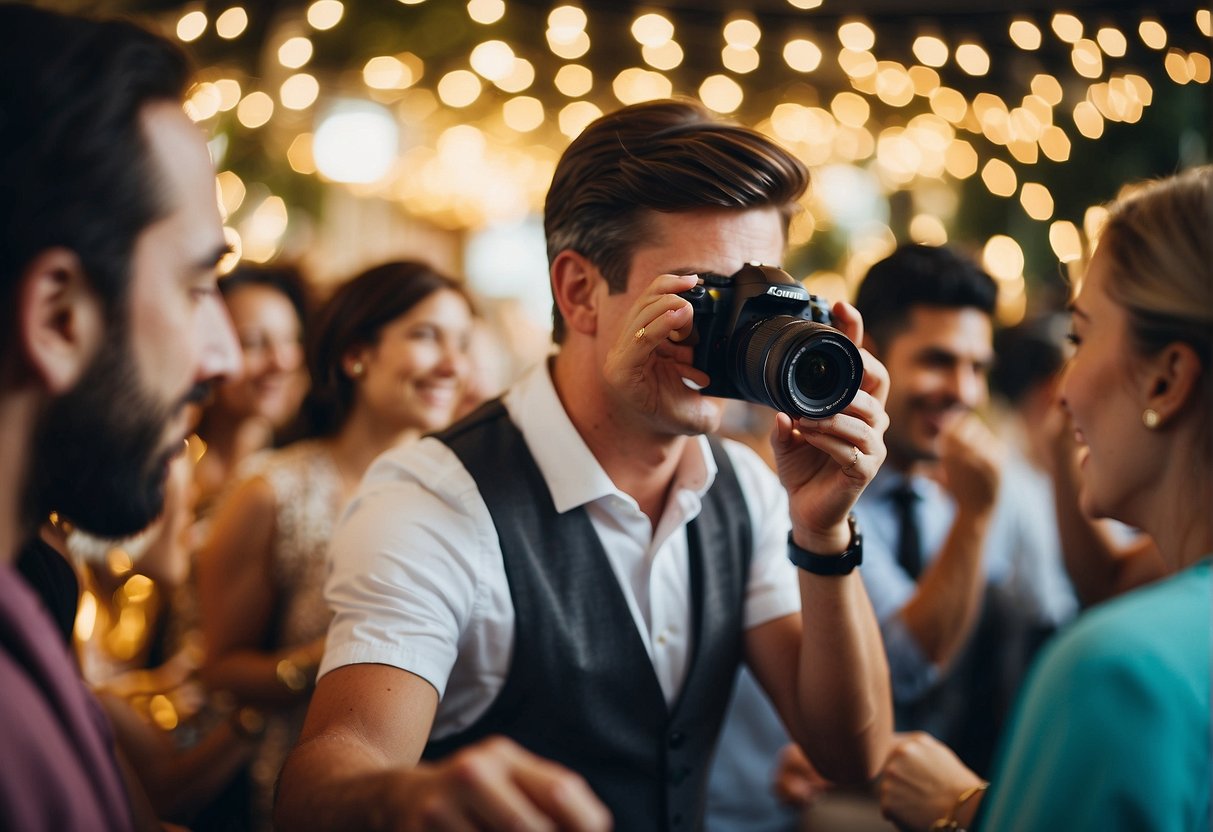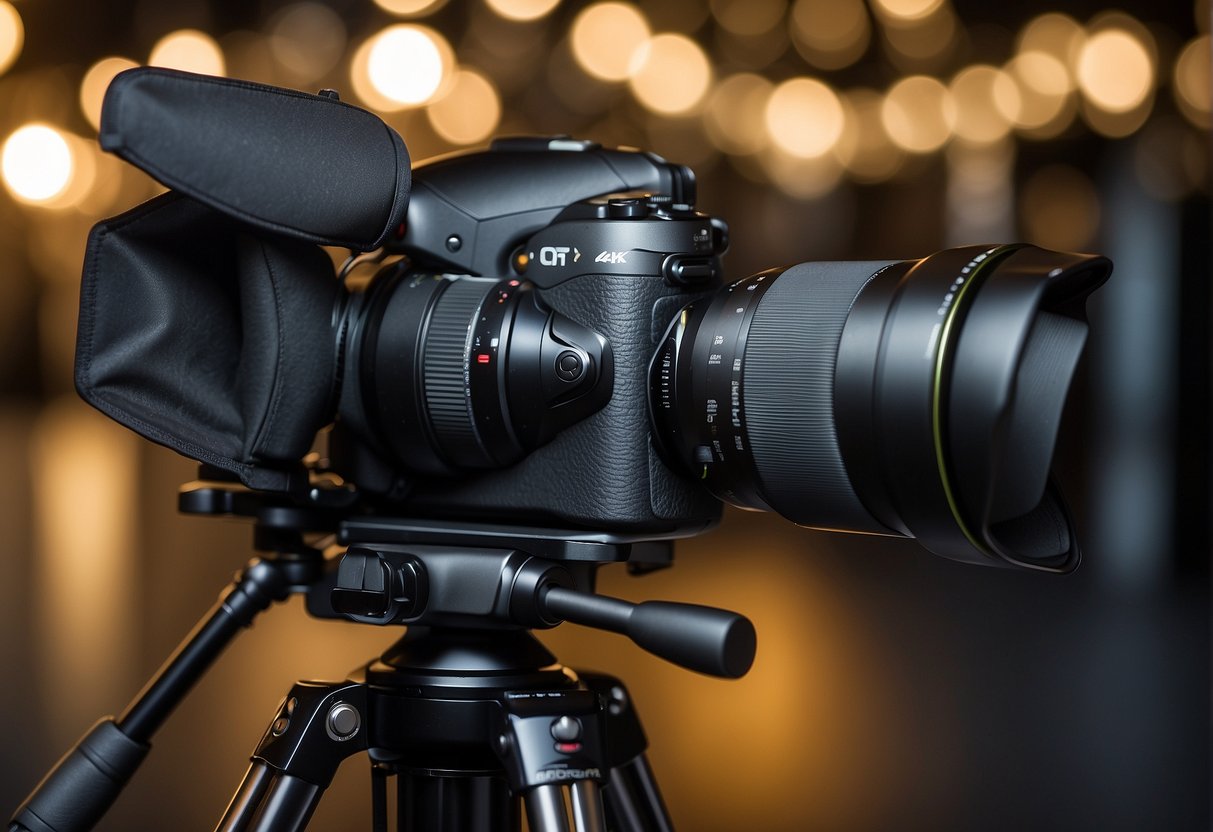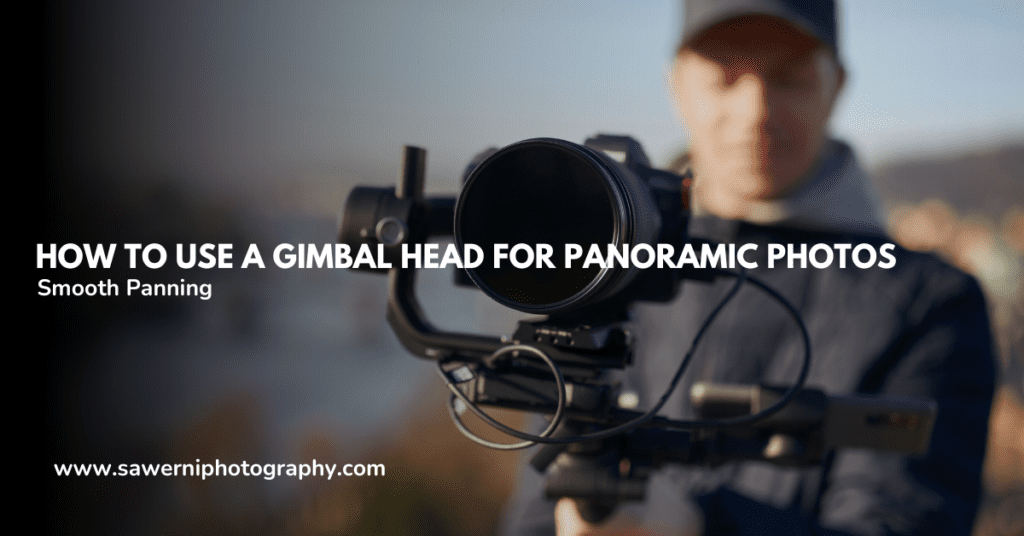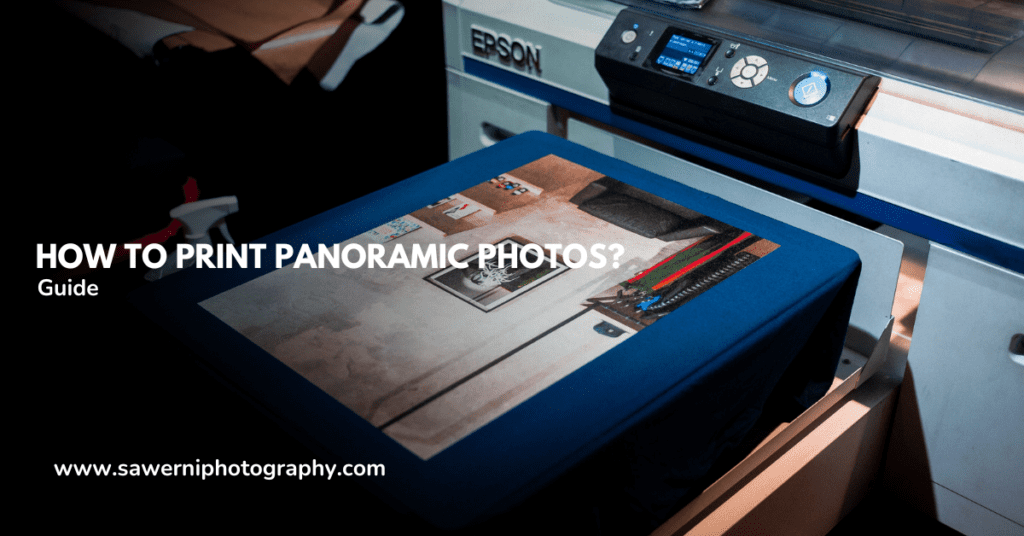Special event photography captures the essence and excitement of meaningful gatherings, enlisting the skills of a professional photographer to create lasting memories.
More than just preserving moments, professional event photographers are adept at telling a visual story, conveying the atmosphere of events ranging from intimate birthday parties to grand corporate galas. They are not merely observers but artists who can bring out the vibrancy and emotions of any occasion through their lenses.

To achieve this, the photographers offer comprehensive services beyond the event. Planning and communication constitute the backbone of success in exceptional event photography. By understanding the client’s vision, photographers can prepare meticulously, ensuring no significant moment is missed.
They employ a range of technical skills, from mastering camera settings to understanding lighting and composition nuances, which allows them to adapt to the unpredictable nature of events and still deliver captivating images.
Event photography is more than just documenting; it’s about immortalizing moments, capturing the event’s atmosphere, and telling a story through still images. Whether for private affairs or public events, professional photographers strive to encapsulate the fleeting moments that make each occasion unique, delivering a product that resonates with emotional depth.
Special Event Photographer – Key Takeaways
- Event photographers use their expertise to document and tell the story of special occasions.
- Effective planning and communication are crucial to capturing the essence of an event.
- Technical mastery in photography ensures the quality and vibrancy of the images produced.
Planning Your Special Event Photography

When it’s about immortalizing special moments, exceptional event photography becomes not just a need but an art. From capturing the subtle nuances of a wedding to the grandeur of corporate events, the key lies in meticulous planning and precise execution.
Understanding Event Photography Services
Event photography services encompass a range of offerings tailored to various event types, such as weddings, corporate gatherings, and other significant occasions. Selecting a service will typically involve considerations about the nature of the event, the photographer’s expertise, and the overall budget. Services include consulting with an event planner, understanding venue restrictions, and scanning for potential photography moments.
- Weddings: Expect a blend of candid and formal shots, focusing on moments like the exchange of vows, the first dance, and guest interactions.
- Corporate Events: Capture keynote speakers, networking interactions, and branding elements.
Each type requires a distinct approach; an influential event photographer adapts to these needs, delivering a portfolio that encompasses the essence of the occasion.
Choosing the Right Photographer for Your Event
Selecting a photographer for your event isn’t a decision to take lightly. The right professional should possess skills and experience relevant to your event type. To ensure a good fit, one should:
- Review Portfolios: Assess the photographer’s past work to see if their style aligns with your vision.
- Check References: Speak with previous clients to gauge reliability and professionalism.
- Negotiate Contract Details: Clarify deliverables, turnaround times, and payment terms to avoid future conflicts.
It’s crucial to consider the experience specifically with the type of event you’re hosting—be it an intimate wedding or a large-scale corporate event. The key is finding someone whose portfolio can capture the moments you wish to memorialize.
Creating a Comprehensive Shot List
A shot list guides the client and photographer, ensuring that all important moments are captured. Planning this list involves:
- Pre-event Shots: Detailing venue images before guests arrive.
- Key Event Moments: Signing a wedding registry or a handshake between business partners.
- Candids and B-Roll: To capture the event’s atmosphere and spontaneous moments.
Creating this list should be a collaborative effort involving the photographer and the client or event planner, detailing what needs to be photographed and when. It’s not only about a checklist for the photographer but also a way to align expectations and manage the budget effectively. Remember, a detailed contract solidifies this plan, ensuring all parties understand the scope of work to be delivered.
Technical Aspects of Event Photography
Event photography demands technical proficiency to capture the moment effectively. A photographer’s gear, understanding of camera settings, editing competence, and post-production skills are vital to delivering high-quality images.
Equipment and Camera Settings for Event Photography
Camera: A reliable DSLR or mirrorless camera is essential. It should be capable of handling different lighting conditions and fast-moving subjects.
- Lenses: Prime lenses with wider apertures (e.g., f/1.4, f/2.0) are preferred for their ability to work in low light and control depth of field. A zoom lens (e.g., 70-200mm) can be valuable for its versatility.
- ISO: A camera with a high ISO range that retains detail at higher ISO levels is beneficial to maintain image quality in various lighting situations.
- Aperture: A wider aperture helps control the depth of field, allowing for standout portraits with blurred backgrounds.
- On-Camera Flash: An on-camera flash can illuminate subjects and fill in shadows without being intrusive for indoor events or low light.
- Memory Card: High-capacity memory cards with fast write speeds ensure continuous shooting without delay.
Example Camera Settings for Event Photography:
| Setting | Indoor Event (Low Light) | Outdoor Event (Daytime) |
|---|---|---|
| ISO | 800 – 1600 | 100 – 400 |
| Aperture | f/2.8 – f/4 | f/5.6 – f/11 |
| Shutter Speed | 1/60 – 1/200 sec | 1/500 – 1/2000 sec |
Editing and Post-Production Techniques
Editing: Adjusting exposure, colour, and sharpness to improve the overall image.
- Software: Professional software like Adobe Lightroom or Photoshop is often used for image correction and manipulation.
Post-Production:
- Culling: The process begins with selecting the best shots from hundreds, if not thousands, of images.
- Adjustments: Making adjustments to exposure, contrast, and colours. Applying noise reduction for higher ISO images is also standard practice.
- Candid Shots: For capturing the essence of the event, candid shots often require minimal editing to preserve the spontaneous moments.
- Portraits: May require additional retouching to enhance the subject’s features and background elements.
Editing Workflow Example:
- Importbackk uup upalbackes.
- Cull to select the best photos.
- Apply batch adjustments for a consistent look.
- Fine-tune individual images.
- Export for client delivery in the desired format.


